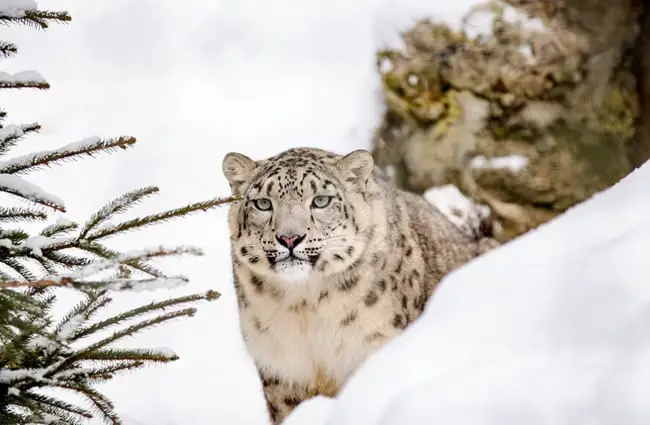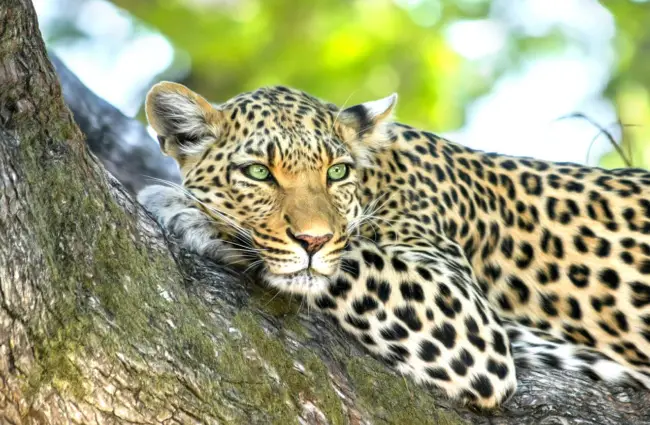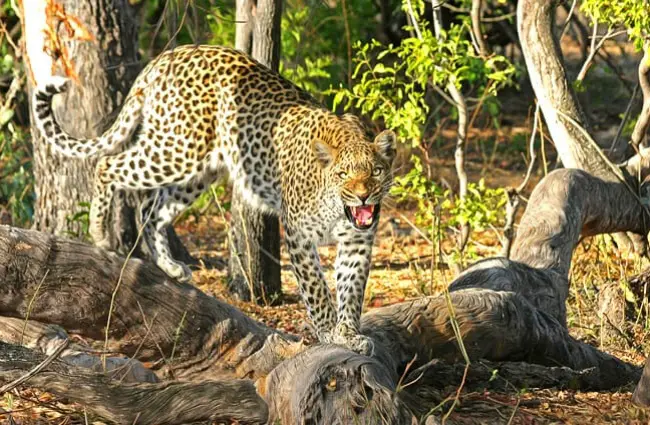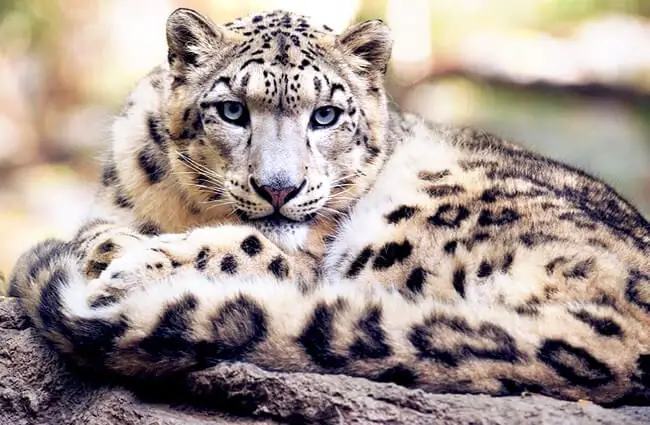The Enigmatic Leopard: A Comprehensive Guide
Leopards, masters of adaptation and stealth, are among the most recognizable big cats on Earth. Found across a wide range of habitats, these elusive predators hold a unique place in both the natural world and human culture. This guide explores the fascinating life history of the leopard, covering its evolution, behavior, ecology, and conservation status.

A Legacy of Evolution
The story of the leopard begins millions of years ago, tracing back to the early ancestors of all modern big cats. Fossil evidence suggests that the leopard lineage diverged from other pantherine cats around 6 to 8 million years ago. Early leopards were likely more widespread, with fossil discoveries indicating their presence in Africa, Asia, and even Europe. Over time, different leopard subspecies evolved, each adapting to specific environmental conditions. The snow leopard, for instance, developed a thick coat and broad paws to thrive in the harsh mountainous regions of Central Asia.
Habitat and Distribution
Leopards exhibit remarkable adaptability, inhabiting a diverse range of environments. From the dense rainforests of Africa and Asia to the savannas, grasslands, and even arid landscapes, these cats are found across a wide geographical range. They also inhabit mountainous regions, including the Himalayas and the rocky outcrops of South Africa. This widespread distribution is a testament to the leopard’s ability to exploit various food sources and tolerate different climatic conditions. Historically, leopards were found in many more regions, including parts of the Middle East and the Mediterranean, but their range has contracted due to habitat loss and human conflict.

Finding Leopards in the Wild
For those seeking to observe leopards in their natural habitat, certain regions offer better opportunities than others. In Africa, Kruger National Park in South Africa, Serengeti National Park in Tanzania, and Okavango Delta in Botswana are known for their leopard populations. In Asia, opportunities exist in India’s national parks such as Ranthambore and Bandhavgarh, as well as in Nepal’s Chitwan National Park. Leopards are most active during dawn and dusk, making these times ideal for spotting them. Employing a knowledgeable local guide is crucial, as they can interpret tracks, identify favored hunting grounds, and increase the chances of a successful sighting.
Diet and Hunting Strategies
Leopards are opportunistic hunters, with a highly varied diet. They prey on a wide range of animals, from small rodents and birds to larger ungulates such as deer, antelope, and wild pigs. Their hunting strategy is characterized by stealth and ambush. Leopards are adept at stalking their prey, using vegetation for cover before launching a swift and powerful attack. A remarkable adaptation is their ability to carry carcasses into trees. This behavior protects their kills from scavengers like lions and hyenas, allowing them to feed at their leisure.

Ecological Role
As apex predators, leopards play a vital role in maintaining the health and balance of their ecosystems. By controlling populations of herbivores, they prevent overgrazing and protect vegetation. Their scavenging habits also contribute to nutrient cycling and help to prevent the spread of disease. Furthermore, leopards influence the behavior of other predators, creating a complex web of interactions within the community.
Social Behavior and Reproduction
Leopards are generally solitary animals, except during mating season and when females are raising their young. Males establish territories, which they mark with scent markings and scrapes. These territories often overlap with those of multiple females. The mating process is relatively brief, and females typically give birth to a litter of one to six cubs after a gestation period of around 90 to 105 days.

Cubs are born blind and helpless, relying entirely on their mother for care. They remain dependent on her for up to two years, learning essential hunting and survival skills. During this period, the mother fiercely protects her cubs from predators and teaches them to identify and avoid danger. Young leopards disperse from their mother’s territory when they reach maturity, seeking to establish their own territories.
Leopards and Humans
The relationship between leopards and humans has been complex throughout history. In some cultures, leopards are revered as symbols of power and grace, appearing in art, mythology, and folklore. However, leopards are also perceived as a threat to livestock and occasionally attack humans, leading to conflict. Habitat loss and fragmentation, driven by human activities, are the primary threats to leopard populations. Additionally, poaching for their skin and body parts continues to be a problem in some areas.

Encountering a Leopard in the Wild
If you encounter a leopard in the wild, it is crucial to remain calm and avoid any sudden movements. Make yourself appear as large as possible by raising your arms and making noise. Do not run, as this may trigger the leopard’s predatory instincts. Slowly back away while maintaining eye contact. If the leopard approaches, use a deterrent such as a whistle or bear spray. Report the encounter to local wildlife authorities.
Caring for Leopards in Captivity
Zookeepers caring for leopards in captivity must prioritize creating an enriching and stimulating environment. This includes providing spacious enclosures with a variety of substrates, climbing structures, and hiding places. Leopards require a diet that closely mimics their natural prey, consisting of whole carcasses or large portions of meat. Regular veterinary checkups and preventative healthcare are essential. Zookeepers should also provide opportunities for behavioral enrichment, such as puzzle feeders and scent trails, to keep the animals mentally stimulated and prevent boredom.
Subspecies and Conservation
Several subspecies of leopard are recognized, each adapted to specific geographic regions. These include the African leopard (Panthera pardus pardus), the Indian leopard (Panthera pardus fusca), and the Amur leopard (Panthera pardus orientalis). The snow leopard (Panthera uncia) is a distinct species, not a subspecies of the leopard. It is classified as vulnerable, with fewer than 100 individuals remaining in the wild. Conservation efforts, including protected areas, anti‑poaching patrols, and community‑based conservation programs, are crucial for ensuring the long‑term survival of these magnificent cats.

Fascinating Leopard Facts
- Leopards can run at speeds of up to 36 miles per hour.
- They are excellent climbers and often rest in trees.
- Leopards can leap distances of up to 20 feet.
- Their spots are unique to each individual, like human fingerprints.
- They can survive in a wide range of habitats, from rainforests to deserts.

A Future for the Leopard
The leopard, a symbol of wildness and resilience, faces ongoing challenges in a rapidly changing world. By understanding their ecology, behavior, and the threats they face, we can work towards ensuring a future where these magnificent cats continue to thrive in their natural habitats. Conservation efforts, coupled with sustainable land management practices and community engagement, are essential for securing the long‑term survival of the leopard for generations to come.

![Red Angus Closeup of a beautiful Red Angus cowPhoto by: U.S. Department of Agriculture [pubic domain]https://creativecommons.org/licenses/by/2.0/](https://animals.net/wp-content/uploads/2020/03/Red-Angus-4-238x178.jpg)




![Red Angus Closeup of a beautiful Red Angus cowPhoto by: U.S. Department of Agriculture [pubic domain]https://creativecommons.org/licenses/by/2.0/](https://animals.net/wp-content/uploads/2020/03/Red-Angus-4-100x75.jpg)

